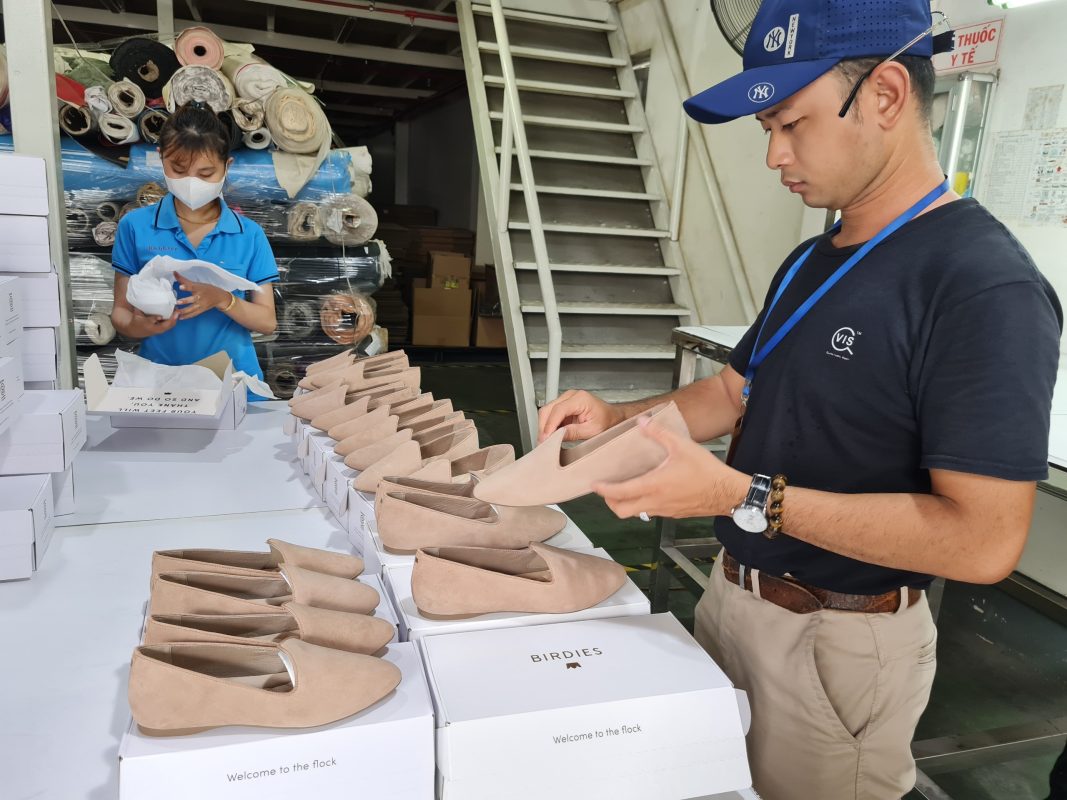ASTM F2413-18 is the most recent version of the standard, which supersedes the previous version, ASTM F2413-11. The update was necessary to address some gaps and inconsistencies in the previous version and to align with the latest industry practices and technologies. Some of the notable updates in ASTM F2413-18 include:
- The addition of new impact and compression performance requirements for metatarsal protection
- The inclusion of new conductive and electrical hazard protection requirements
- The modification of the impact resistance test method to better simulate real-world conditions
- The clarification of labeling requirements for different types of protective footwear
- The revision of the test sample size and acceptance criteria for various tests
These updates reflect the continuous efforts of the ASTM committee to improve the standard and ensure the highest levels of protection for workers who wear safety footwear.
The key difference between ASTM F2413 and ASTM F2413-18
While ASTM F2413-18 builds upon the foundation of ASTM F2413, there are several key differences between the two versions. One of the most significant differences is the addition of metatarsal protection requirements. Metatarsals are the bones in the foot that connect to the toes, and they are particularly vulnerable to impact and compression injuries. ASTM F2413-18 now requires safety footwear to provide metatarsal protection that meets specific impact and compression performance criteria. This requirement applies to all types of safety footwear, including shoes, boots, and clogs.
Another difference is the inclusion of conductive and electrical hazard protection requirements. Conductive footwear is designed to protect workers from electrical hazards in environments where there is a risk of static electricity buildup or exposure to live electrical circuits. Electrical hazard footwear, on the other hand, is designed to provide insulation and protection against electrical shocks. ASTM F2413-18 now requires safety footwear to meet specific performance criteria for both conductive and electrical hazard protection.
The modification of the impact resistance test method is another key difference between ASTM F2413 and ASTM F2413-18. The previous method involved dropping a weight from a fixed height onto the toe of the safety footwear, which did not account for the variable impact forces that occur in real-world situations. The new method involves dropping a weight from different heights onto different parts of the footwear, which better simulates the actual impact conditions. This modification ensures that safety footwear provides adequate protection against impact forces that workers may encounter in their work environments.
Common Misconceptions about ASTM F2413-18
Despite its importance, ASTM F2413-18 is often misunderstood or misinterpreted by some people. Here are some common misconceptions and the facts that debunk them:
- Misconception: ASTM F2413-18 is only relevant for heavy-duty or hazardous work environments.
Fact: ASTM F2413-18 is relevant for all types of work environments, regardless of the level of risk or hazard. Foot injuries can occur in any workplace, and safety footwear that meets the standard can provide protection and peace of mind for workers and employers alike.
- Misconception: ASTM F2413-18 is a one-size-fits-all standard that applies to all types of safety footwear.
Fact: ASTM F2413-18 is a comprehensive standard that covers various types of safety footwear, including shoes, boots, clogs, overshoes, and metatarsal guards. However, each type of footwear has its specific performance requirements, and the standard provides guidance on how to test and label each type.
- Misconception: ASTM F2413-18 guarantees 100% protection against all foot hazards.
Fact: ASTM F2413-18 sets the minimum performance requirements for safety footwear, but it does not guarantee complete protection against all foot hazards. The standard provides a baseline for safety footwear design and testing, but employers and workers should also assess the specific risks and hazards in their work environment and select appropriate safety footwear accordingly.
Frequently asked questions about ASTM F2413 and ASTM F2413-18
Q: What is the difference between ASTM F2413 and ASTM F2413-05?
A: ASTM F2413-05 is an older version of the standard that preceded ASTM F2413-11. The main difference between the two versions is the addition of electrical hazard protection requirements in ASTM F2413-11.
Q: Do safety footwear manufacturers have to comply with ASTM F2413-18 to sell their products in the US?
A: No, compliance with ASTM F2413-18 is not mandatory, but it is highly recommended. OSHA requires employers to provide adequate foot protection to their workers, but it does not specify which standard or type of safety footwear to use.
Q: Can safety footwear that meets ASTM F2413-18 be used in any work environment?
A: No, safety footwear that meets ASTM F2413-18 is designed and tested to provide protection against specific hazards, such as impact, compression, electrical hazards, and metatarsal injuries. It is up to the employer and worker to assess the specific risks and hazards in their work environment and select appropriate safety footwear accordingly.




Related Posts